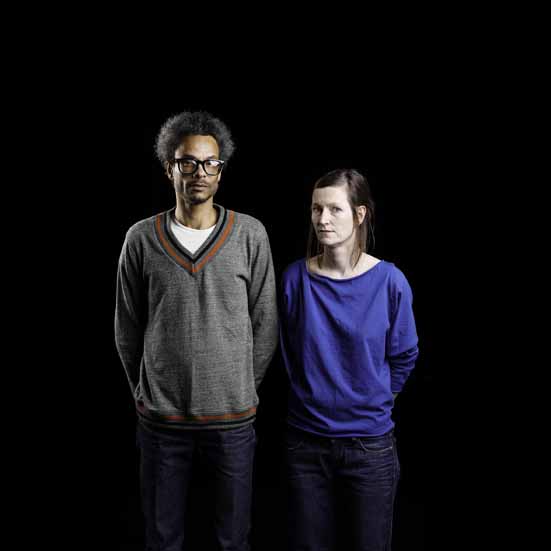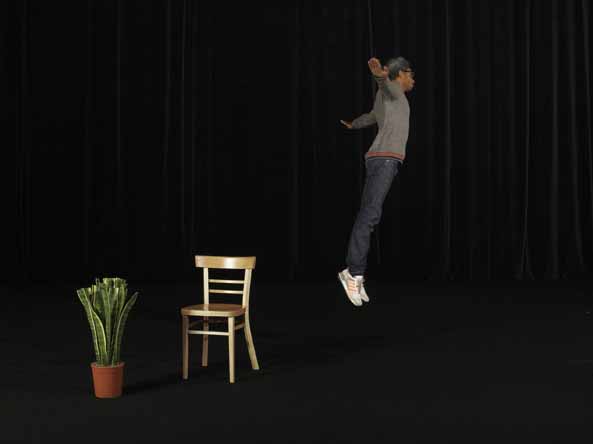
En esta nueva pieza «every now and then» Mette Edvardsen y Philippe Beloul invitan a la audiencia a leer un libro como una interpretación. La idea es crear un espacio y un tiempo dentro del libro, como una pieza en un teatro. Durante toda la duración de la pieza el público puede leer entre las páginas y los espacios del libro al mismo tiempo que siguen lo que está teniendo lugar en el escenario. El libro es directo, táctil y persistente, y da a la audiencia otro acceso a la obra. El lector de un libro puede decidir por sí mismo/a la dirección de la lectura, el ritmo y el espacio. Con el libro «every now and then» se hace una obra para profundizar, y propone una lectura individual combinada con la experiencia colectiva. ¿Cómo se une la experiencia de leer un libro con la experiencia de ver una actuación? ¿Cómo se lee el libro después de que la actuación termine?
Texto por Mette Edvardsen (Extacto) >> www.metteedvardsen.be
[…] For ‘every now and then’ we consider the page to be a space. More than being just a surface and ‘a floor’ it is now a space with depth and perspective. I am interested in creating this dimension of a space on the page not only through representation, but also through the movements and actions we perform inside of it. In combination with the performance that takes place on stage, how can the space enhance the reading of the page in another way and make us experience it as ‘space’? And in return, how can the reading of the book enhance our experience of the performance and change the way we see, understand and imagine the space to be? I am interested in the relation between the ‘small world’ of the book and the ‘bigger world’ of the theatre and how the notion of the book translates into the real space. How do we experience the performance on the page, and the other way around, how do we read the theatre space when we think of it as a page in a book?
The piece unfolds through the turning of pages and the imagination of a space, of a time, of a performance. We want to explore what takes place outside the pages, behind the rooms, between the times, in the folds of the book, along the edges of space. With every turning of a page a new space appears, in layers on top of each other. How can we imagine such architecture? Pages after pages of spaces bound together in a complex architecture called ‘book’? Do we imagine a corridor where we move through space after space, or is the space always the same one and we only move through time? When a performer exits to the right on one page, will she enter from the left on the next page, or the right? Is the space on the left book page the mirror of the space on the right page? How does this affect our understanding of space and our movements on stage? How does this translate to reality, to the theatre? Is there a space behind the space that we see?
Is the space in ‘every now and then’ the representation of the book or is the book the representation of the space? What came first, the book or the space? Is one a model of the other? Are we performers models of the figures in the book? Is the performance a memory of what was happening in the book, or is the book the trace of the performance? And if so, how is it possible that the book exists before the performance is over?


